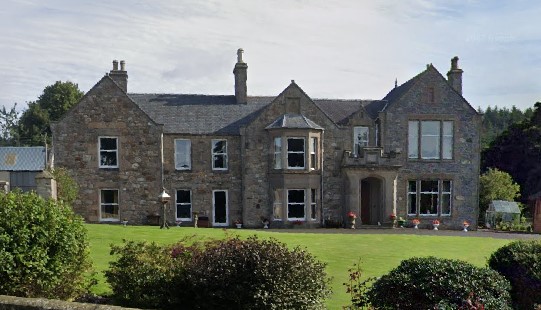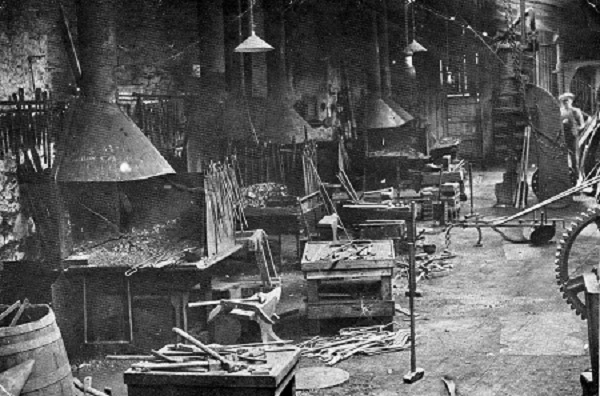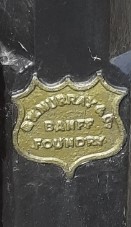Inside Duff House Mausoleum, one of the memorial stones – now a bit damaged by age – seems to include the word “Antigua”. Some of the wording is very difficult to read so there are no real clues as to what the connection of the Duff family to the Caribbean might be!

In fact this is the Memorial for Alexander Duff of Braco, the uncle of the first Earl Fife. The memorial reads:
“Frigido sub hoc marmore Jace Alexander Duff de Bracco ex antiqua familia D D Joannis Duff de Craighead …..” which translated makes it clear it is nothing to do with the Caribbean!:
“Under this cold marble lies Alexander Duff of Braco of the old family of John Duff of Craighead….”
ie the word is “Antiqua” not “Antigua”, a “q” not a “g”. It certainly isn’t obvious because an upper case A is used, and the q looks almost identical to the g that has been incised except for a small squiggle at the top!
After the 2nd Earl Fife had the Mausoleum built in 1792, initially to house his parents who had first been buried at Rothiemay, before he moved them to the lovely Mausoleum spot above the river, he also moved other relatives. Alexander Duff of Bracco (or Braco) was his great uncle and one of the key members of the Duff family who built up their fortune. He was born in 1652 and died in 1705 and originally buried in Grange, but not before he had bought many estates across north east Scotland.
Alexander is very important in the history of Macduff. In 1699 Alexander purchased “Doune” (ie Macduff after it’s name was changed in 1783). The seller was Lord Cullen – not part of the Seafield family of Cullen House, but Sir Francis Grant, a Scottish Judge who later became Lord of Monymusk.
Alexander Duff of Braco married Margaret Gordon in 1678, and they had four daughters and one son, William of Braco born circa 1685. William died in 1718 with one daughter, also Margaret, so on his death his estate passed to the crown (by way of escheatment, there being no valid direct male descendants). His uncle, William Duff of Dipple, proved he was the male heir and so William of Braco’s estate passed from the Crown to him. William Duff of Dipple was the father of the first Earl Fife. (As an aside to this main story, being family orientated, William Duff of Dipple signed Eden House and estate, just south of Banff, over to Margaret Duff, his nephew’s daughter, so that her future was secure.)
In other words, without Alexander Duff of Braco purchasing Doune/Macduff, it would not have passed via his son and uncle, and in turn to William Duff 1st Earl Fife, who built Duff House, and then to his son James Duff, 2nd Earl Fife. It was James Duff 2nd Earl who developed Doune from being a fishing hamlet to being the town it is today, bringing in craftsmen, building the harbour, the roads, the bridge and much more.
So “Antigua” is not a Caribbean link, but part of the history that has resulted in the great town of Macduff!
For clarity on some of the places:
Craighead was used as an alternative name for Muldavit, today in Rathven (just N or the A98 just before you get to the first Buckie turning from the east). Neither name appears today, but Craig Head on the coast is still named on maps, west of Findochty.
Braco is a place; a farmhouse, in Grange, east of Keith. The “Book of the Duffs” shows Braco in circa 1912 after it had been updated from Alexander Duff’s time, and Google Streetview shows it in 2021.


Dipple is a place, a farmstead, just south of Fochabers. William of Dipple, who’s son became 1st Earl Fife of Duff House, was a brother to Alexander of Braco.





